Henry VIII built the Palace between 1531 and 1536 on the site of the Hospital of St. James, Westminster. It has been the setting of many important royal events over the centuries and some of the original palace still survives today.
Of Henry VIII’s red brick Tudor building still standing is the Chapel Royal, the gatehouse, some turrets and two surviving Tudor rooms in the state apartments.
“The original Tudor building consisted of a manor house built around four courts and a gate house. The buildings were three-storeyed and the gatehouse had polygonal corner turrets. The original building has been altered extensively but mostly in a Tudor style with crenellated parapets.”(English Heritage: PastScape, 2007).
The state apartments are home to royal portraits from the reign of Henry VIII and include works by Myten, Van Somer, Michael Wright and Wissing.
The Chapel Royal was built by Henry VIII and decorated by Hans Holbein in honour of the King’s fourth marriage to Anne of Cleves.
The great Tudor Gate at the southern end of St. James’ Street still bears Henry VIII’s royal cipher and on a couple of fire places in the State Apartments the initials HA entwined in a lovers’ knot can still be seen.
Alison Weir writes of how the palace had been intended as a residence for Anne Boleyn but her untimely death meant she never saw its completion and it was instead the last of Henry’s wives, Katherine Parr, who witnessed the palace’s first state occasion (pg. 505).
The Palace has had many royal residents and visitors. In 1533, Anne Boleyn is said to have spent the night after her coronation at the palace, however, I’ve found no contemporary source to confirm this, and ,instead, it seems likely that Anne spent the night after her coronation at Whitehall Palace.
Henry VIII’s illegitimate son, Henry Fitzroy, was living in the palace when he died in 1536 aged only seventeen.
In 1558, Mary Tudor signed the treaty surrendering Calais and on November 17th of the same year died at St. James’. Her body lay at the palace for almost a month after her death and was finally buried on the 14th December at Westminster Abbey (Loades, pg. 312-313). It is said that Mary I’s heart is buried beneath the choir-stalls in the Chapel Royal.
Elizabeth I sought refuge at St. James’ Palace, praying for the defence of the realm in the Chapel Royal, during the threat posed by the Spanish Armada and set out from here to address her troops at Tilbury.
Charles I spent his last night at the palace, receiving the Sacrament of Holy Communion in the Chapel Royal, before being executed in 1649.
Charles II, James II, Mary of York (Mary II) and Anne of York (Queen Anne) were all born and baptised at St. James’.
Unfortunately, a fire in 1809 destroyed much of the palace’s east and south ranges but the state apartments were restored by 1813.
William IV was the last to use St. James’ Palace as a royal residence. Today, although the Sovereign lives at Buckingham Palace, St. James’ remains the Official residence and so is not open to the public. The Chapel Royal is only open to the public for services.
Although the public cannot enter the Palace, you can still view it from the outside and attend a service at the Chapel. Why not take a walk in nearby St. James’ Park, the oldest royal park in London where Elizabeth I held splendid pageants and fetes. St. James’ Palace is steeped in history and a place that Anne knew and visited making it another worthy stop On the Tudor Trail.
How I would love to see Henry and Anne’s initials entwined in a lover’s knot and imagine how triumphant Anne must have felt during her stay. An anointed Queen and her belly round with what she believed was the future heir to the Tudor throne. The future must have seemed so very bright.
Link to a photo of the Tapestry room where a Tudor fireplace survives.
References & Sources English Heritage. 2007. St. James’ Palace. Retrieved September 28, 2010, from http://www.pastscape.org/hob.aspx?hob_id=401435# Loades, D. Mary Tudor: A Life, 1989. The Royal Household. (n.d.) The Royal Residences: St. James’ Palace History. Retrieved September 28, 2010, from http://www.royal.gov.uk/TheRoyalResidences/StJamessPalace/History.aspx The Royal Household. (n.d.) The Royal Residences: The Chapels Royal History. Retrieved September 28, 2010, from http://www.royal.gov.uk/TheRoyalResidences/TheChapelsRoyal/History.aspx The Royal Parks. (n.d.) St. James’s Park History. Retrieved September 28, 2010, from http://www.royalparks.org.uk/parks/st_james_park/history.cfm Weir, A. The Six Wives of Henry VIII, 2007.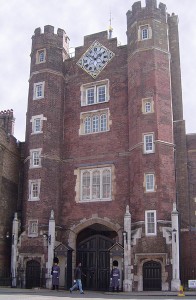







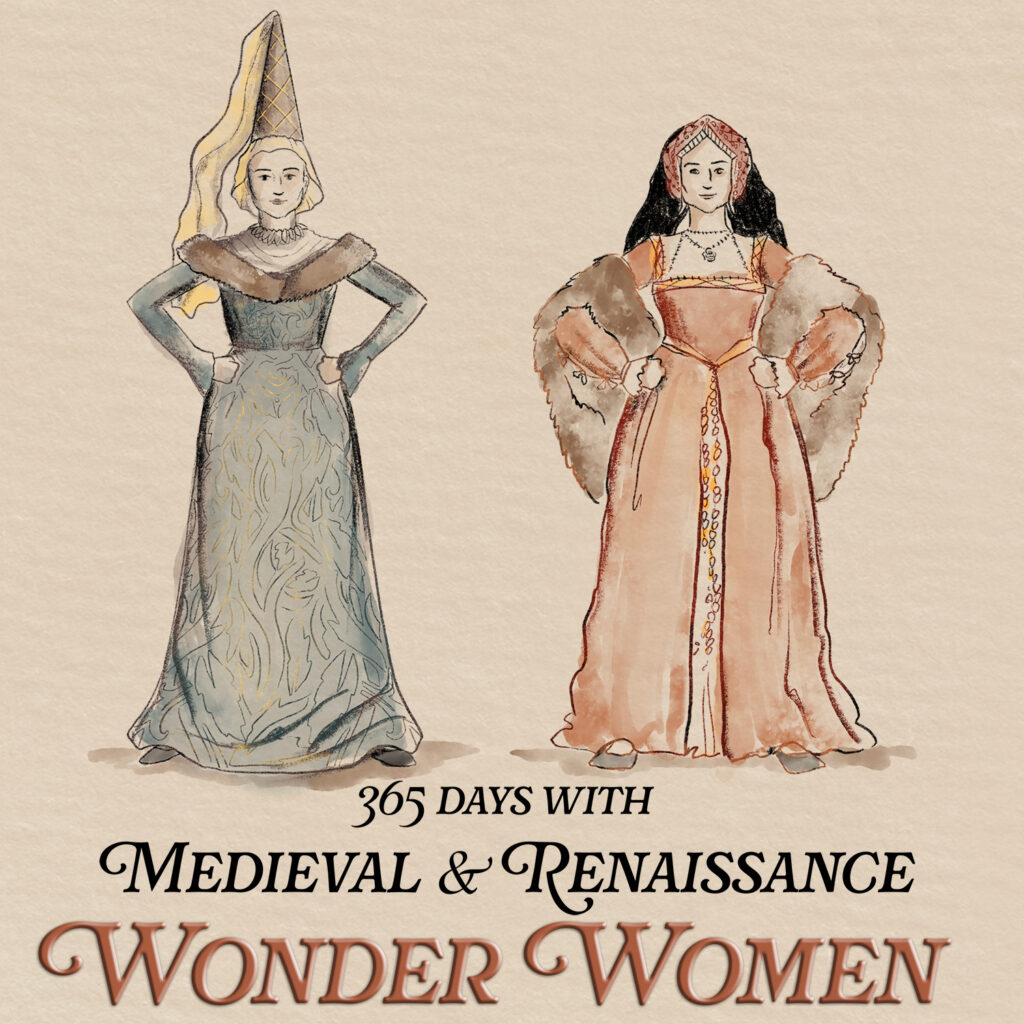

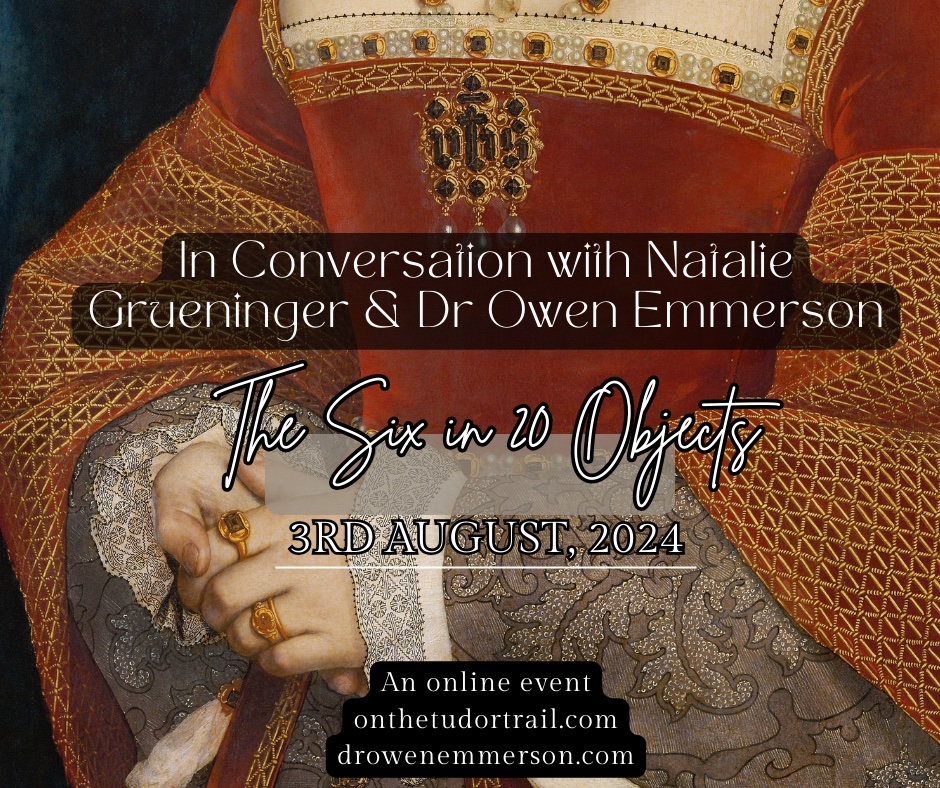
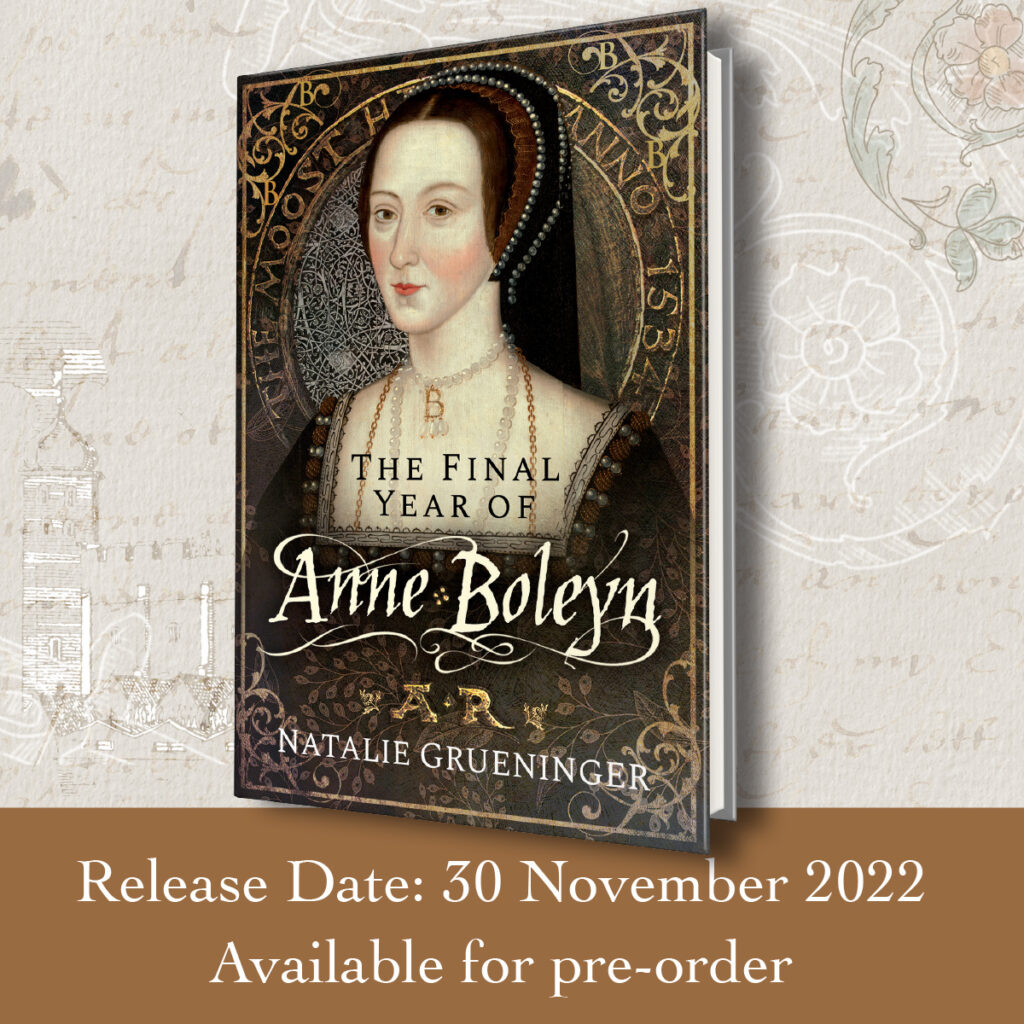


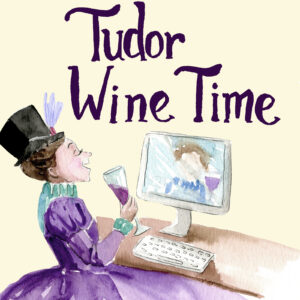




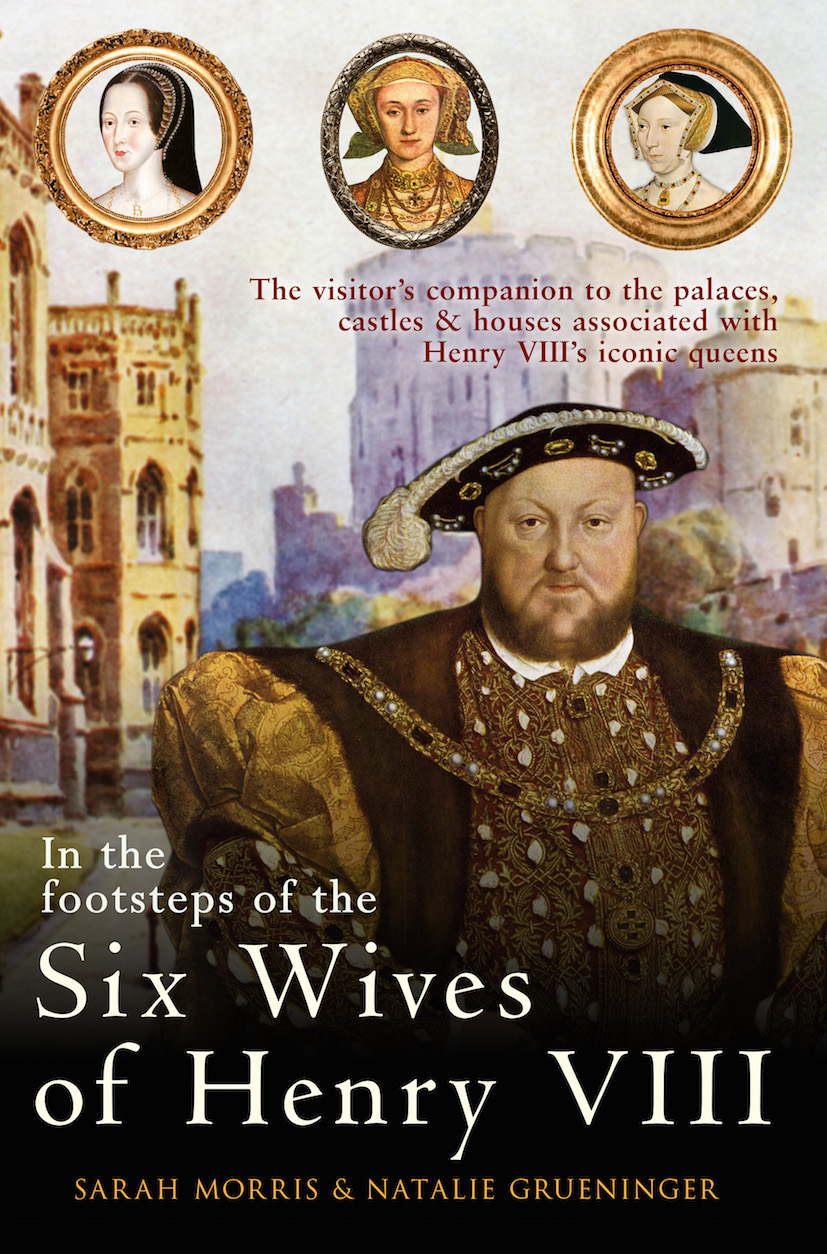
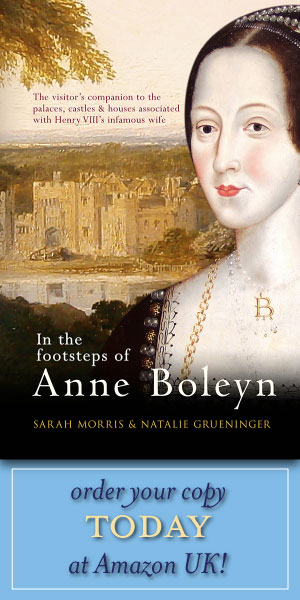


I love this palace. It was the official residence of Mary Tudor when she was Queen. When I visited London, I could see the outside of the palace. Unfortunately it can’t visit the apartments
I hope to see it on my next visit and take a walk in St. James’ park too!
Such a beautiful building rich with such history. If only the walls could talk!
Oh Sarah, how I wish walls could talk! Imagine the stories they would tell.
This palace is so beautiful, but it has such a tragic history. So many people died here, but they also seemed to come here for refuge, like Elizabeth I. I would love to attend a service at the church.
Hi Natalie – I’m whack on jet lag right now, but it doesn’t matter – in 90 minutes I’ll be standing in the Chapel Royal for church services. Thank you for your excellent post on notable events that have taken place in the Chapel Royal; the thought of the Holbein ceiling makes me weak at the knees. If photography is allowed I’ll get a few pictures and with luck, one of the ‘H A’ initials. Email me if you’d like me to reply to you with jpegs of it. – Mary
How fabulous Mary! My email is natalie @onthetudortrail.com (without spaces). Enjoy!
Absolutely love this detailed exploration of St. James’s Palace! It’s incredible to learn about its history. Thanks for sharing all these details.